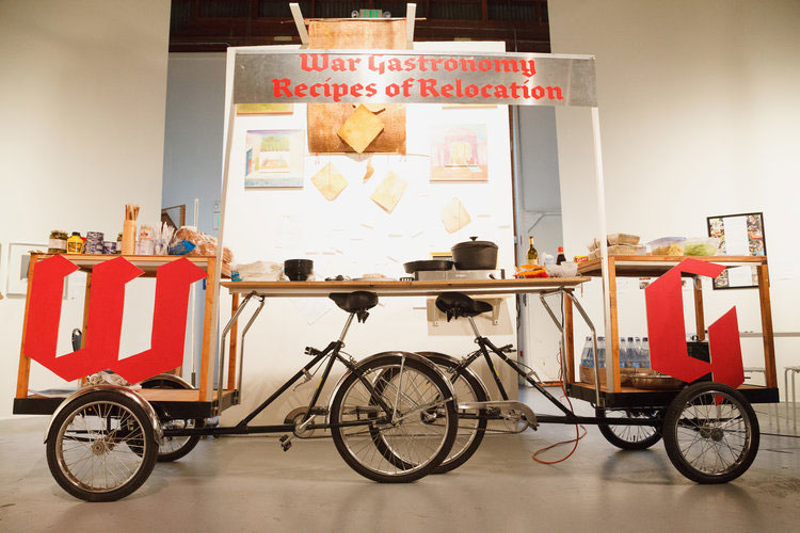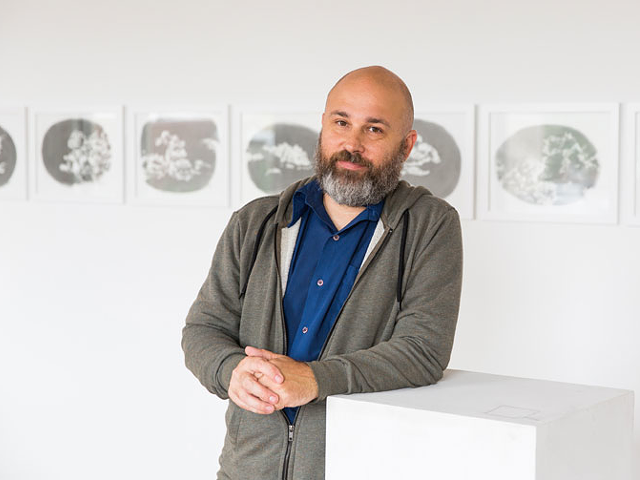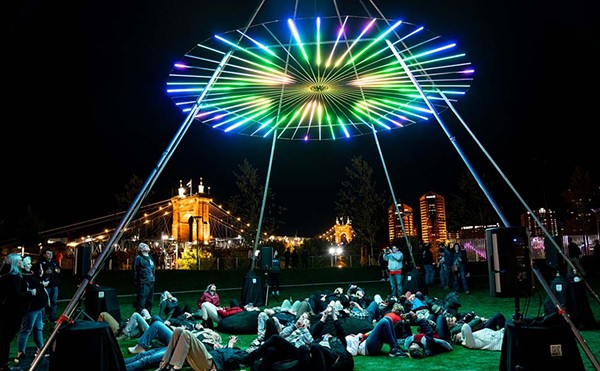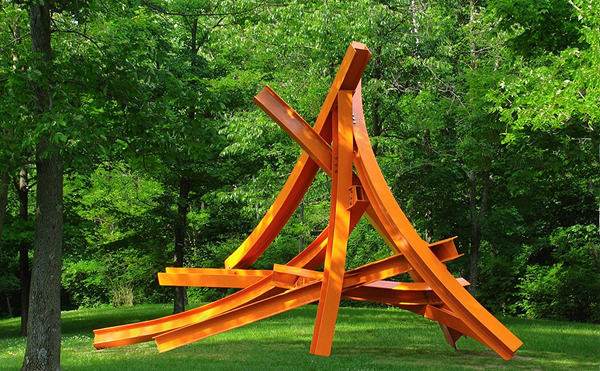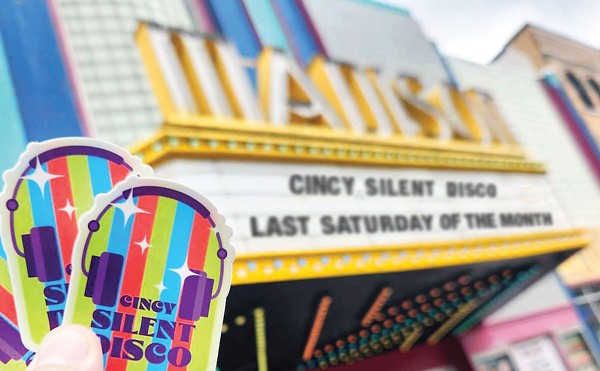Upon entering the Contemporary Arts Center this September, museumgoers might be asking themselves why an unassuming street food cart has set up shop in the museum’s lobby? The short answer, according to San Francisco’s Collective Action Studio co-founder Chris Treggiari, is that food is a way to connect with people, share our stories and create community — and all of these are considered forms of art. He is an artist on the project War Gastronomy, which uses that cart.
“There’s a long lineage of this type of art, and I think we’re just an extension of that, and I think in this day and age it’s really important to share stories with each other,” he says. “I think the art manifests in the fact that we’re placing the situation with people there, we’re putting it together, and then we’re allowing for this place to be inclusive, open, sometimes celebratory. (It’s) to allow people to really share their thoughts and feelings through this medium of food.”
War Gastronomy will be on view at the CAC from Sept. 5-22, in partnership with Camp Washington’s Wave Pool gallery and The Welcome Project, a nonprofit that sets out to help refugee and immigrant women via art classes and community-building. However, the exhibit isn’t simply a food cart, a couple tables and people serving up grub to whoever walks by. It’s a hub for people to share their relocation stories — whether that be a physical move, a culture shock or a state-of-mind transition.
War Gastronomy was first inspired by the way that the grandmother of Collective Action Studio’s other co-founder, Justin Hoover, told him tales about her immigration experience. She also passed down her recipes to Hoover’s family. So, it only seemed natural that War Gastronomy would be centered on sharing relocation stories via recipe sharing.
And that’s the kicker for the exhibit: The idea is if you share your recipe, War Gastronomy might cook it up for future museum visitors. For Hoover, sharing recipes is an outlet for human connection. (The name comes from the fact that the recipes come from displacement mostly caused by war.)
The centerpiece of the exhibit is the food cart. (Hoover will be serving small bites at the 6-8 p.m. opening reception on Sept. 5.) You’ll also find a rustic 10-foot-long coffee table, where you can munch and connect with other visitors, plus a serving bar, a TV and a visual archive of past stories from previous displays of War Gastronomy. In the spirit of the mobility theme, the counter where food is served will be fashioned from the crates that transported the food cart from California. However, the most eye-catching elements are the large paintings of doors mounted adjacent to the dining table.
The paintings were inspired by the stories of immigrant women from The Welcome Project. The doors are based on their memories of the doors in their childhood homes, so they are painted in a hazy manner to emulate nostalgia and memory. The food shared will also be their own recipes.
War Gastronomy’s display at the CAC coincides with The Welcome Project’s goal to receive an Impact 100 grant to open up a teaching kitchen and fresh produce market in Camp Washington. The other finalists for the grant include Outdoor Adventure Clubs for Greater Cincinnati, La Soupe, Venice on Vine, Welcome House and City Gospel Mission.
Cal Cullen, executive director of Wave Pool and The Welcome Project, says War Gastronomy is just one way to tell these women’s stories. And, if they manage to obtain that grant, it certainly won’t be the last.
“Wave Pool’s mission is to really blur the boundaries between contemporary art and social justice,” she says. “And I think that War Gastronomy is the perfect fit as a way to activate the recipes that are coming out of The Welcome Project and give them a bigger platform.
“It basically acts as a microphone for these women to be able to share their stories with Greater Cincinnati.”
War Gastronomy will be on view at the Contemporary Arts Center (44 E. Sixth St., Downtown) Sept. 5-22. More information: contemporaryartscenter.org.

